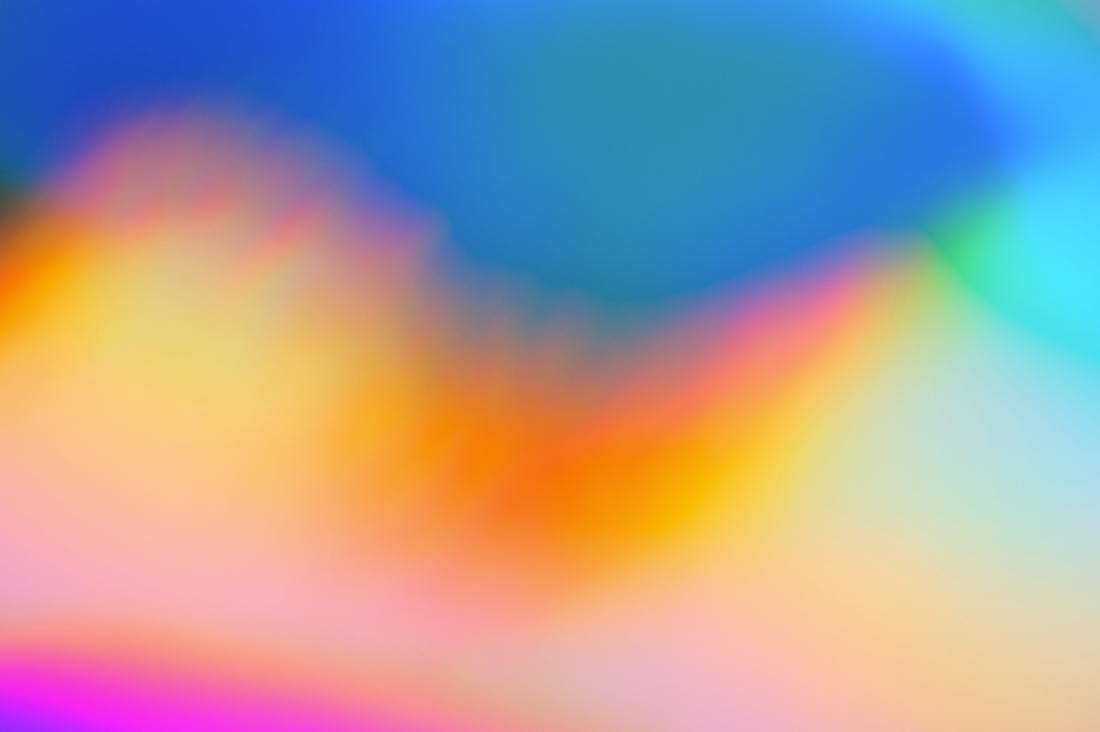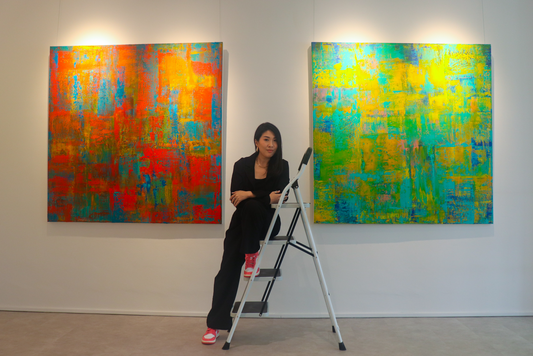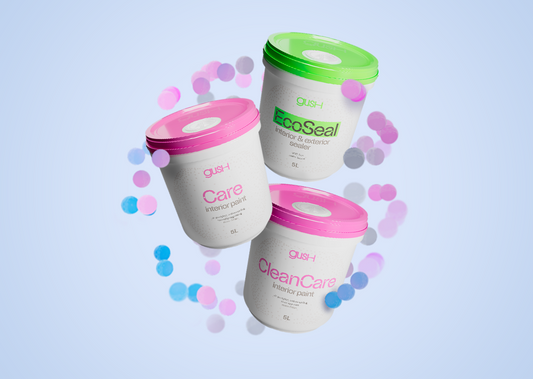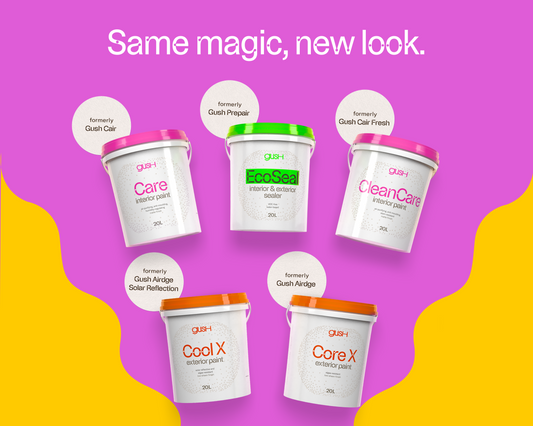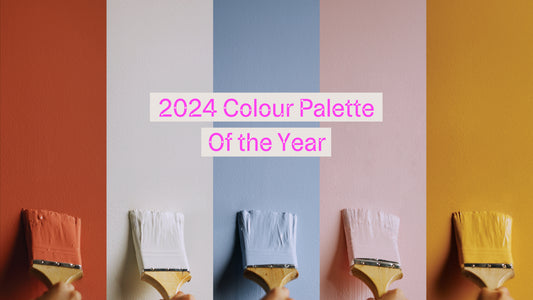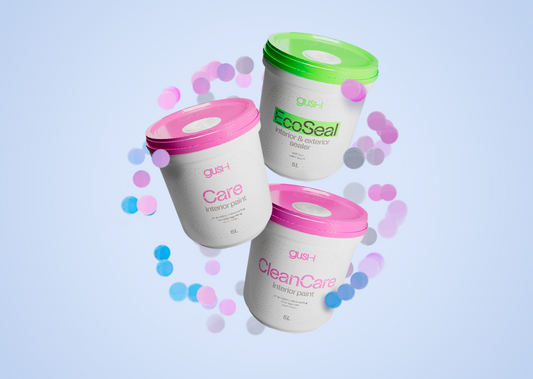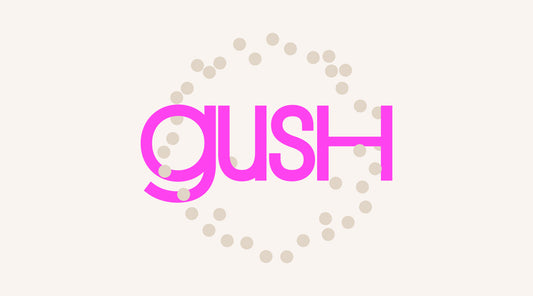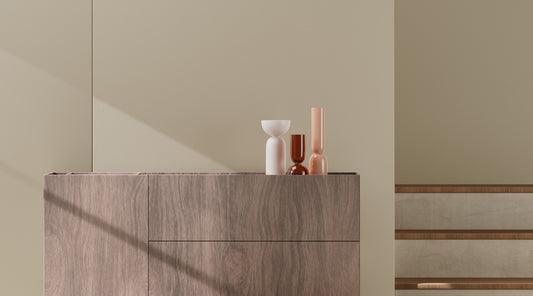Brand
Colour goes wall deep.
Colour is deeply personal. Positive associations for one person could be negative associations for another. Either way, one thing’s for sure: colour has the ability to transform a room and affect your mood. Whether you're aiming for a cosy and inviting atmosphere or a vibrant and modern aesthetic, understanding how to pick, pair and implement colours effectively is key.
Understanding colour psychology.
Before we go straight into it, it’s important to understand colour psychology. Different hues evoke distinct emotions and moods. For instance, warm colours like reds, oranges, and yellows can create a sense of energy and cosiness, while cool colours such as blues and greens promote calmness and relaxation. Consider the atmosphere you want to cultivate in each room and select colours accordingly.
Monochromatic pairings.
“Monochrome” sounds like something dull, unexciting and one-dimensional but it’s far from it. It doesn’t mean grayscale or black and white. Instead, it means the use of the same colour. Different shades of the same colour also count. For instance, you could go with baby blue walls with electric blue borders. Or for subtlety, you could choose a white paint with blue undertones, and pair that with bolder shades of blue for a cohesive look.

Featured colour: Last Bus
Colour-blocking.
Regardless of your stylistic choices, it’s always good to have a colour wheel handy. Give your brain a little break, and let science take over. The colour wheel is the perfect representation of how colours relate to one another. To colour block effectively, choose colours that are opposite one another on the wheel. This gives you a bold, striking and dramatic effect with maximum contrast. These colours seemingly don’t belong together, but when they are, it’s pure magic.

Img credit: Deco Art
Some classic colour-blocking pairings include:
- Blue and orange
- Purple and yellow
- Green and pink
Complementary colours.
Grab that colour wheel. If you’re set on using a green, you could pick the next 2-3 shades on either side of where green lays on the colour wheel. The results are astoundingly pleasing to the eye. This isn’t limited to just wall colour, but also furniture in your space too. 
Featured colour: Acres
Hello, colour expert.
Now that you’re equipped with some rudimentary knowledge on picking colours – let this guide your everyday life. Don’t be afraid to paint with all the colours of the rainbow – from your wall colours to your wardrobe. We all need a little colour in our life and with Gush paints, that’s exactly what you’ll get.
Important note: Not all Gush colours featured are available online. To gain access to our full collection of colours, engage our preferred painting services partner, Groundworks.
More resources:
Which Gush paint should I get?
How do I match paint colours with house lighting?
How colour affects our mood
15 design styles in every colour
8 painting hacks to maximise space in your home
Shop Gush paints now
